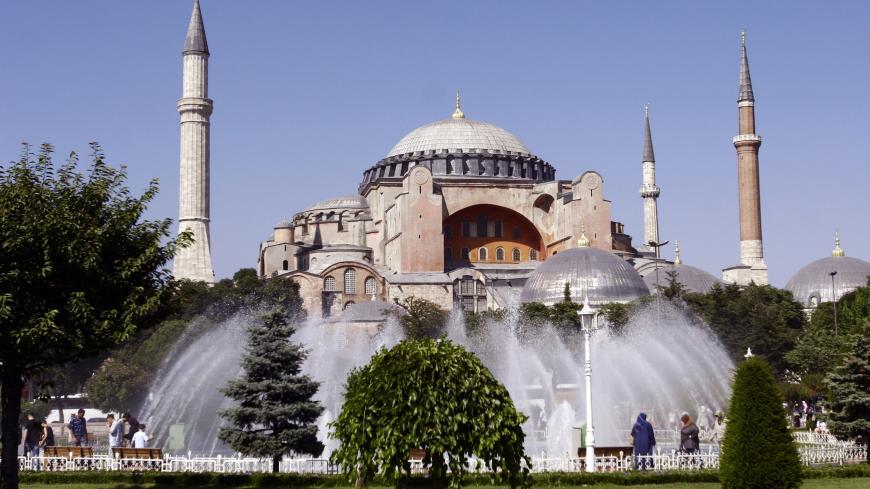Green parks, historical monuments and untold nooks and crannies give Istanbul the feeling of an open-air museum. The water fountains spread around the city are among the many attractions. Some of them, including the Sultan Ahmet Fountain, outside the Imperial Gate of the Topkapi Palace, feature rococo or baroque design. Others are simpler, less “dressy,” and easy to miss if you're not looking for them.
Istanbul is believed to have more than 1,000 “cesme” and “sebils.” The word “cesme,” derived from the Persian root “cesm,” meaning “eye,” translates as “water fountain.” This type of fountain can be found all over the world, but a sebil, on the other hand, is unique to the Levant. Found on busy city streets and along major caravan trade routes, sebils are small kiosks for distributing cold water in cups to passers-by free of charge. There is no English translation for “sebil” or “sabil.” In Arabic, they are called “rahat,” which denotes rest and comfort.



